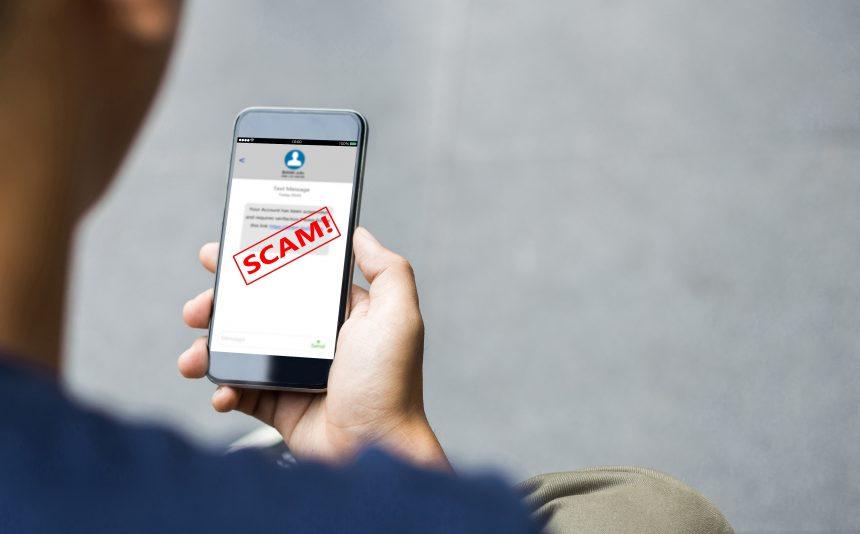Phishing scams have become increasingly sophisticated, often disguising themselves as legitimate communications to deceive individuals into providing sensitive information or downloading malicious software. These scams typically involve fraudulent emails, text messages, or phone calls that appear to come from trusted sources. Their primary goal is to trick recipients into revealing personal details or clicking on malicious links that can compromise their systems.
Phishing scams generally aim to steal sensitive information such as usernames, passwords, or financial details. They achieve this by impersonating trusted entities or organizations. The infiltration process usually involves tricking the recipient into interacting with a phishing email that contains a malicious link or attachment. Once interacted with, these elements can download malware or direct users to fraudulent websites designed to capture personal information.
Specifics of the SharePoint ACH Wire Authorization Email Scam
The “SharePoint ACH Wire Authorization Email Scam” is a phishing attempt that aims to deceive recipients into authorizing a fraudulent ACH (Automated Clearing House) wire transfer. This particular scam often involves an email that appears to come from a legitimate source, requesting immediate action regarding a wire transfer.
Key Details of the Scam
- Sender’s Email Address: The email is typically sent from a forged address that mimics legitimate business emails, often resembling addresses from known organizations or financial institutions.
- Content of the Email: The email usually contains urgent language, urging the recipient to authorize a wire transfer or confirm details related to an ACH transaction. It may include a link to a fake SharePoint site or other phishing websites.
- Instructions Provided: The email may ask the recipient to click a link or download an attachment. These actions could lead to a phishing page that requests sensitive information or install malware on the user’s system.
- Purpose of the Scam: The scam is designed to exploit the recipient’s trust in legitimate financial processes. By convincing the recipient to either authorize a wire transfer or disclose sensitive information, the scammers aim to commit financial fraud or gain unauthorized access to financial accounts.
Text presented in the “SharePoint – ACH-Wire Authorization” spam email letter:
Subject: ACH-Wire Authorization for Invoice9876545
SharePoint
******** ACH-Wire Authorization for Invoice9876545.pdf. Please review and keep for your records.
Board Approved_payroll
******** Server.
VIEW DOCUMENT
Unsubscribe – Unsubscribe Preferences
Common Encounters and Similar Threats
The SharePoint ACH Wire Authorization Email Scam might be encountered by individuals involved in financial transactions or those who frequently handle ACH wire transfers. Common reasons for encountering such scams include:
- Increased Business Transactions: Increased online transactions or business activities can attract phishing attempts.
- Targeted Attacks: Scammers may target individuals based on their professional role or organization, especially those involved in financial decision-making.
Similar threats include:
- Business Email Compromise (BEC): Fraudulent emails that impersonate executives or employees to authorize unauthorized transactions.
- Invoice Scams: Emails that mimic legitimate invoicing systems to trick recipients into paying fraudulent invoices.
Detailed Removal Guide
To remove malware associated with the SharePoint ACH Wire Authorization Email Scam, follow these detailed steps:
- Disconnect from the Internet: Immediately disconnect your device from the internet to prevent further data leakage or malware communication.
- Enter Safe Mode:
- Windows: Restart your computer and press
F8orShift + F8during boot-up. Select “Safe Mode with Networking.” - Mac: Restart and hold the
Shiftkey to enter Safe Mode.
- Windows: Restart your computer and press
- Run a Full System Scan:
- Download SpyHunter: Visit this page to download SpyHunter.
- Install and Update: Install SpyHunter and ensure it is updated to the latest version.
- Scan Your Computer: Open SpyHunter and perform a full system scan to detect and remove malware associated with the phishing scam.
- Manually Remove Malicious Files:
- Check for Suspicious Programs: Go to Control Panel > Programs and Features (Windows) or Applications (Mac) and uninstall any unfamiliar programs.
- Delete Malicious Files: Search for and delete any suspicious files or folders in your system directories, especially those associated with the phishing email.
- Check Browser Extensions:
- Windows: Open your browser and navigate to extensions or add-ons settings. Remove any extensions that you do not recognize.
- Mac: Go to the browser preferences and manage extensions, removing any suspicious entries.
- Reset Browser Settings: Reset your browser settings to default to remove any changes made by malware.
- Change Your Passwords: Update passwords for all your online accounts, especially those related to banking or sensitive information.
- Enable Security Features: Ensure that your firewall and antivirus programs are active and up to date.
Preventive Measures
To prevent falling victim to similar scams in the future:
- Be Skeptical of Unsolicited Emails: Always verify the sender’s email address and be cautious of any email requesting sensitive information.
- Use Security Software: Regularly update and run antivirus software to detect and block threats.
- Educate Yourself and Others: Stay informed about common phishing tactics and share this knowledge with colleagues and friends.
For thorough protection against malware and phishing threats, download SpyHunter and run a free scan today to safeguard your system.
If you are still having trouble, consider contacting remote technical support options.





